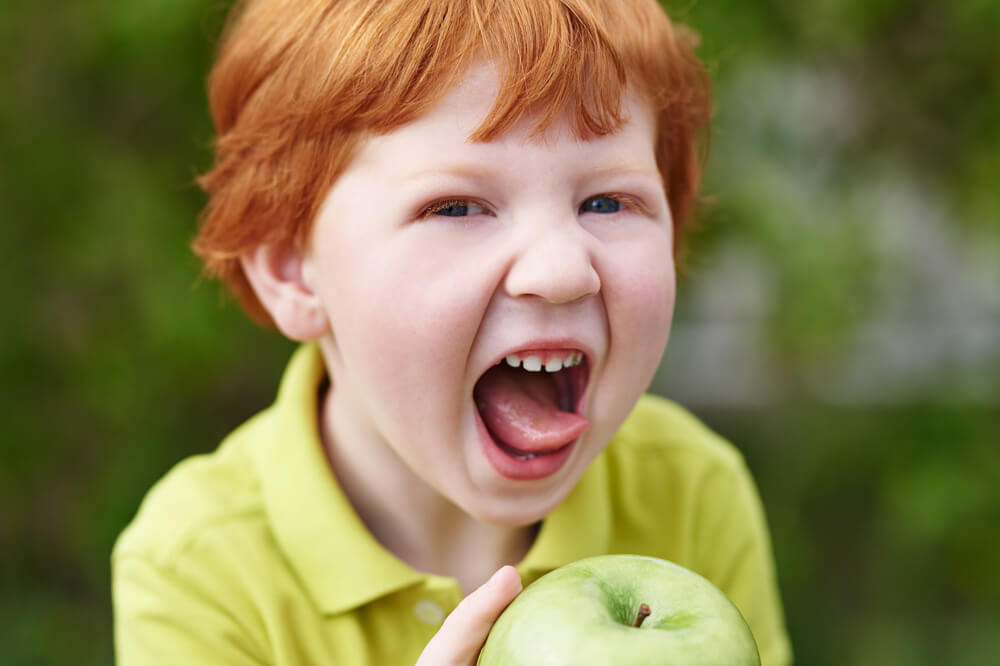Clean Label, Organic School Meals? Let’s Chat
If you have to pick between feeding a child what they like or what is good for them, which do you choose? This is a question that not only comes up often in our homes but also often in our schools. And, until “like” and “good for you” are one and the same, it is a question that will continue for years to come. But, especially with school food, it still leaves us with difficult choices to make.
To break it down, we must first define what is considered a healthy food. Does this mean clean label? Does it mean “super” foods? Does it mean organic or locally sourced? The short answer to all these questions is yes. Yet, even though the answer is simple, the challenges they represent relative to feeding children are pretty insurmountable. Off the top of my head:
Clean Label – In an industry dominated by minimal USDA reimbursement, building a completely clean label menu, comprised of kid-friendly items is a challenging task indeed. Factor in a budget of $3.53 to build a five-component lunch and the challenges only go up from there. Were the budget twice that, it would still be nearly impossible to produce a complete meal without any additives, preservatives, or fillers.
Superfoods – What qualities must something have to be considered a superfood? The healthfulness of course, but what makes it super compared to mere mortal foods? Kryptonite? Responsibly harvested in the Amazon rainforest by a left-handed shaman? That it tastes bad? Maybe the first one, but the third. What fourth-graders wouldn’t love a walking taco with kale chips substituted in for her Doritos?
Organic – See clean label and the $3.53 budget.
Locally Sourced – Although “local” is a relative term that is often manipulated, this one might have the most potential. But even with all the upside (smaller carbon footprint, fresher, left on the vine to mature longer, etc.), it has many challenges as well, the biggest of which is the economics. Schools that can’t buy in the large quantities big growers require and small growers cannot produce enough consistency to build a menu around. There is simply no way to factor in “it rained too much” or “it didn’t rain enough”.
In the end, these are all ambitious goals to grow toward, but should not be shoved down anyone’s throat. Socioeconomic factors must be considered as well. A kid from an affluent suburb might crush a quinoa and fig salad with acai berry vinaigrette, while a student from an impoverished inner-city neighborhood would choose to go hungry before eating something so alien and unfamiliar.
When it comes to feeding kids, our aspirational desires should never be placed above a child’s wellbeing in a ranking of importance. A lunch of cotton candy and skittles ate is better than the healthiest meal untouched and dumped in the trash. It doesn’t mean that we should not try to introduce healthfulness, it just means we shouldn’t try it with what might be a child’s only meal for the day.
About the author
Thomas Lane is an entrepreneur leading the charge in innovation for how we feed children and seniors in need, who has supported the USDA meal program for over 15 years. To reach Thomas for interviews, please email [email protected].

